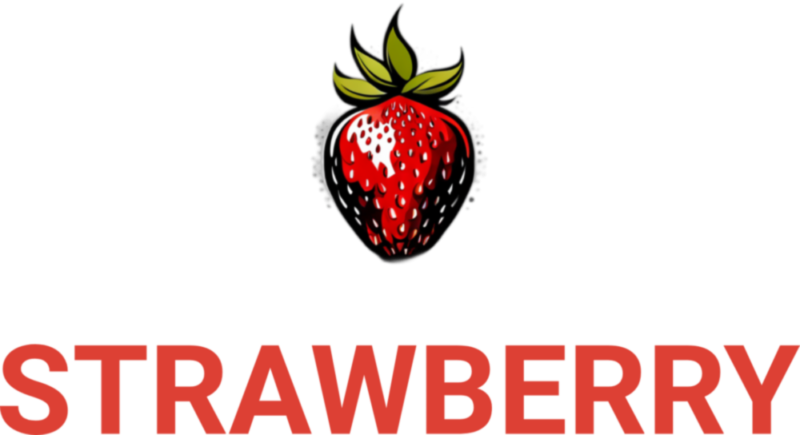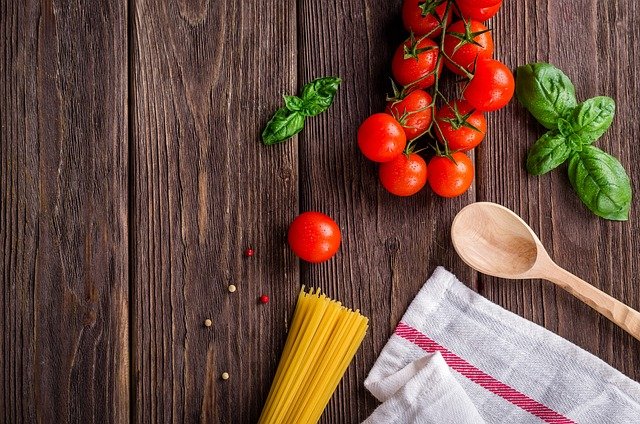-
Table of Contents
“Discover the Deliciousness of Prawns: The Good, The Bad, and The Tasty!”
The Nutritional Benefits of Eating Prawns: A Look at the Pros
Eating prawns is a great way to get a healthy dose of nutrition into your diet. Packed with protein, vitamins, and minerals, prawns are a delicious and nutritious seafood option. Here are some of the nutritional benefits of eating prawns that make them a great choice for your next meal.
Protein: Prawns are an excellent source of lean protein. Protein is essential for building and maintaining muscle, and it helps to keep you feeling full and satisfied. A single serving of prawns contains around 20 grams of protein, making them a great choice for those looking to increase their protein intake.
Vitamins and Minerals: Prawns are also a great source of vitamins and minerals. They are rich in B vitamins, which are essential for energy production, and they are also a good source of zinc, selenium, and iron.
Omega-3 Fatty Acids: Prawns are a great source of omega-3 fatty acids, which are essential for heart health. Omega-3 fatty acids help to reduce inflammation and can help to lower cholesterol levels.
Low in Calories: Prawns are low in calories, making them a great choice for those looking to lose weight. A single serving of prawns contains only around 100 calories, making them a great addition to any weight loss plan.
Prawns are a delicious and nutritious seafood option that can provide a variety of health benefits. With their high protein content, vitamins and minerals, and omega-3 fatty acids, prawns are a great choice for those looking to get more nutrition into their diet. So why not give prawns a try and enjoy the nutritional benefits they have to offer!
The Environmental Impact of Prawn Farming: Examining the Cons

Prawn farming is an important industry in many parts of the world, providing a valuable source of food and income for millions of people. However, it is not without its environmental impacts. In this article, we will examine some of the potential cons of prawn farming and discuss ways to mitigate them.
One of the most significant environmental impacts of prawn farming is the destruction of mangrove forests. Mangroves are vital ecosystems that provide habitat for a variety of species, protect coastlines from erosion, and store carbon. Unfortunately, many prawn farms are built on mangrove forests, leading to their destruction. To mitigate this, prawn farmers should look for alternative sites for their farms, such as abandoned agricultural land or degraded coastal areas.
Another environmental concern is the use of antibiotics and other chemicals in prawn farming. These chemicals can pollute the surrounding environment and can have a negative impact on the health of local wildlife. To reduce the use of chemicals, farmers should use integrated pest management techniques, such as introducing natural predators to control pests.
Finally, prawn farming can lead to the spread of disease. Prawns are often farmed in overcrowded conditions, which can lead to the spread of diseases such as white spot syndrome. To reduce the risk of disease, farmers should ensure that their farms are well-maintained and that they are regularly monitored for signs of disease.
Prawn farming can have a significant environmental impact, but with careful management, these impacts can be minimized. By taking steps to reduce the destruction of mangrove forests, reduce the use of chemicals, and reduce the risk of disease, prawn farmers can ensure that their operations are sustainable and have a positive impact on the environment.
Exploring the Different Types of Prawns and Their Culinary Uses
Prawns are a delicious and versatile seafood option that can be used in a variety of dishes. From classic prawn cocktails to spicy curries, these succulent crustaceans can be cooked in a variety of ways to create a delicious meal. But with so many different types of prawns available, it can be difficult to know which one to choose.
Let’s explore the different types of prawns and their culinary uses.
The most common type of prawn is the tiger prawn. These large, succulent prawns are perfect for grilling, roasting, or stir-frying. They are also great for making prawn cocktails, curries, and pasta dishes.
King prawns are another popular type of prawn. These large, sweet-tasting prawns are perfect for grilling, roasting, or stir-frying. They are also great for making prawn cocktails, curries, and pasta dishes.
If you’re looking for a more delicate flavor, then you should try the smaller, sweeter white prawns. These prawns are perfect for making salads, soups, and light pasta dishes.
For a more intense flavor, try the larger, more flavorful brown prawns. These prawns are perfect for making curries, stir-fries, and other spicy dishes.
Finally, if you’re looking for a unique flavor, then you should try the sweet and succulent pink prawns. These prawns are perfect for making salads, soups, and light pasta dishes.
No matter which type of prawn you choose, you’re sure to create a delicious meal. So don’t be afraid to experiment and try something new. With so many different types of prawns available, the possibilities are endless!
Conclusion
Prawns are a popular and versatile seafood option that can be cooked in a variety of ways. They are a good source of protein and other essential nutrients, and can be a healthy addition to a balanced diet. However, they can also be high in cholesterol and sodium, so it is important to be mindful of portion sizes and to choose low-fat cooking methods. Ultimately, prawns can be a nutritious and delicious part of a healthy diet, but it is important to be aware of the potential health risks associated with them.





